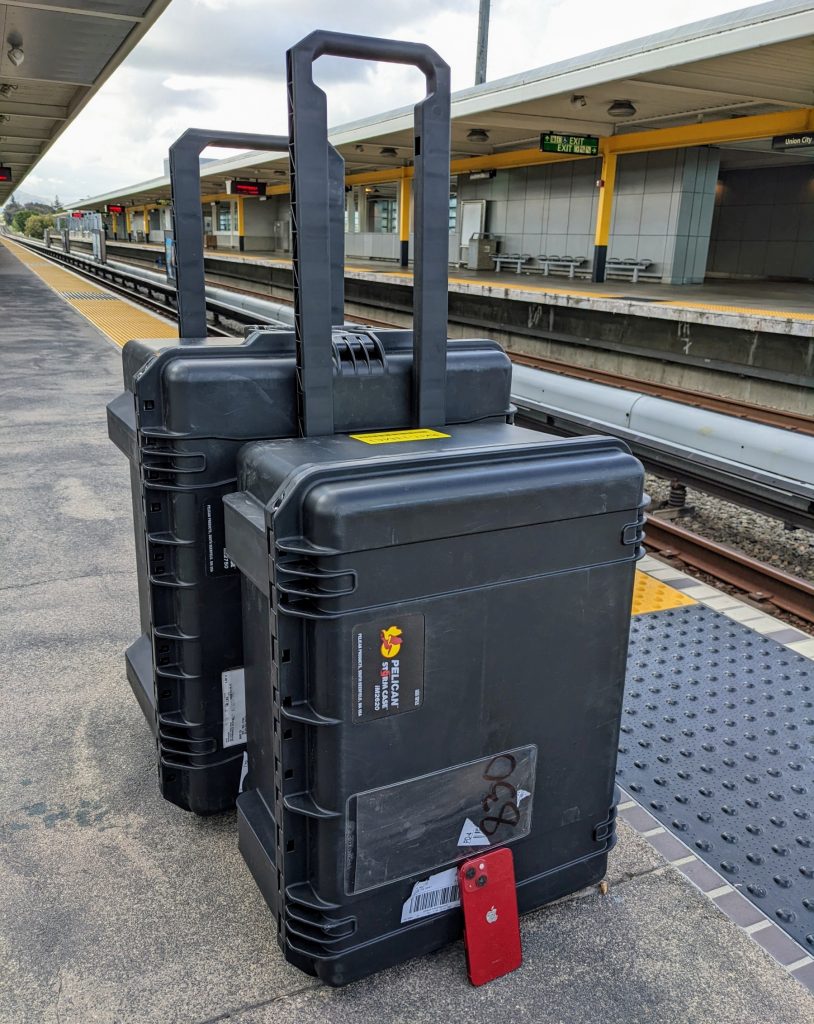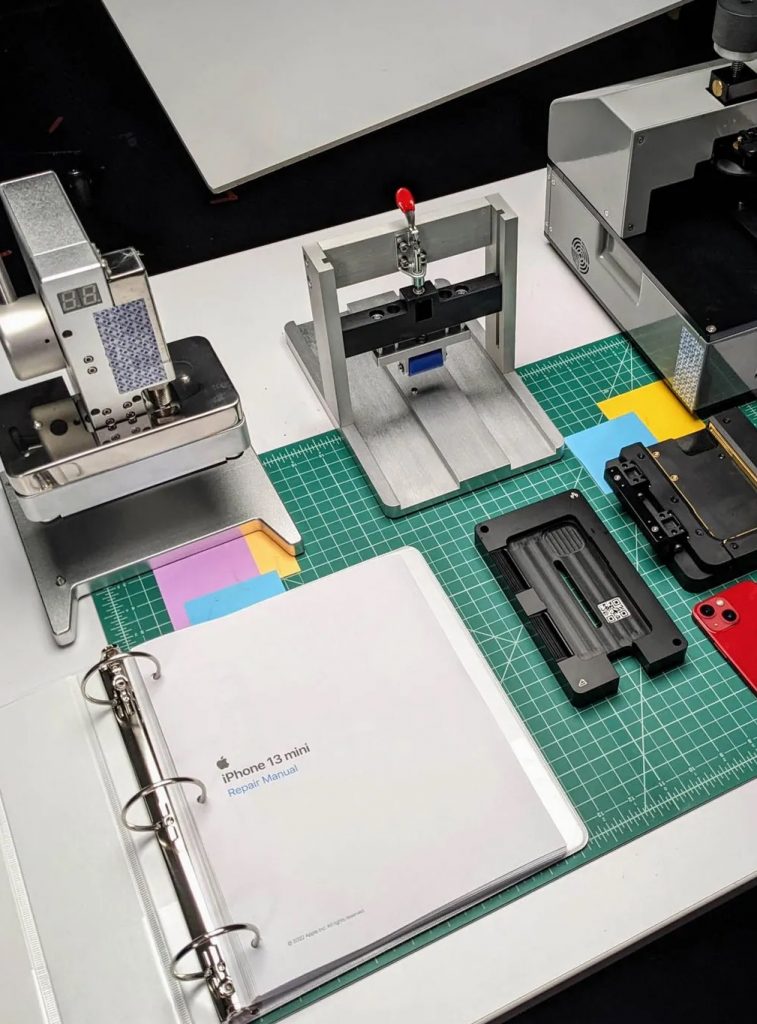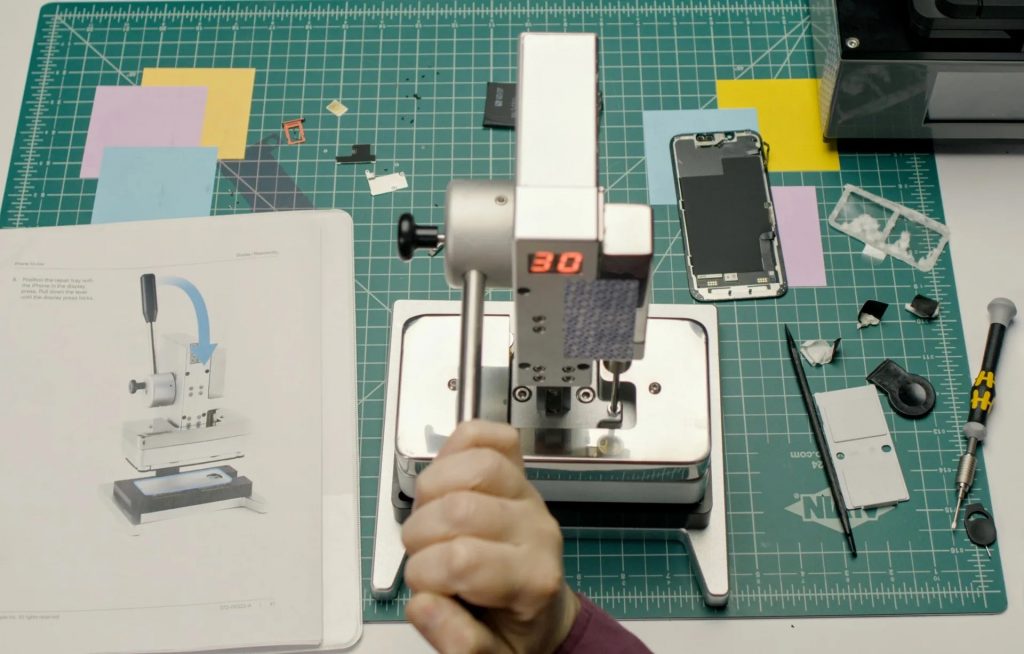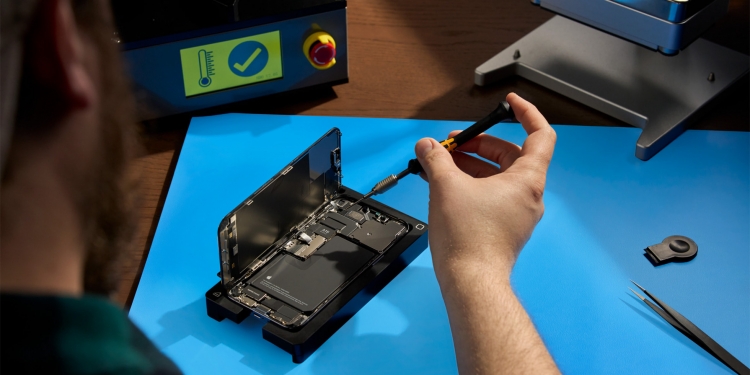Apple launched the Apple Self Service Repair program in April of this year, which lets US customers purchase genuine Apple parts and tools to fix their iPhones themselves. Turns out, fixing an Apple device yourself—even with an official repair manual—seems like you’d waste a lot of work, money, and time.
The Verge‘s Sean Hollister documented his experience trying to fix his iPhone 13 Mini’s battery problem with Apple’s Self-Service Repair program. However, he wrote that after the self-fix, he “actually can’t recommend it at all”.
“… I have a sneaking suspicion that Apple likes it that way,” added Hollister.
Here’s why he doesn’t recommend it
To start the Self Service Repair process, you would need to first review Apple’s repair manual. After reviewing what you need to fix your problem, you can visit the Apple Self Service Repair Store and order the necessary parts and tools.
Apple will let you rent their tool kits for USD 49 ( about RM214) a week, with free shipping. But to replace an iPhone 12 screen—for example, you’d need to fork out USD 285.35 in total. It’s cheaper than the USD365 Apple charges in-store, but the whole experience doesn’t seem worth it.


“I expected Apple would send me a small box of screwdrivers, spudgers, and pliers; I own a mini iPhone, after all. Instead, I found two giant Pelican cases—79 pounds of tools—on my front porch. I couldn’t believe just how big and heavy they were considering Apple’s paying to ship them both ways,” wrote Hollister.
The whole process seemed overwhelming to me—with two huge and heavy cases, as well as just a manual and yourself to help you get started. The device fixing kit included a hefty machine to suck the screen off, a “heating pocket”, and many other bits and bobs to help Hollister fix it.


I would hope that large machines would make it easy for someone to self-fix an iPhone. But according to Hollister, the entire fix experience was a lot to handle. For example, the “blade” kept getting caught under the corners of the phone’s screen, he kept dropping Apple’s tiny fasteners, and it seemed like the fixing kit was incomplete.
“At this point, there was still a bunch of goopy adhesive around the sides of my iPhone’s frame. While instructions suggest it’ll just peel off in a few big pieces if you pull with tweezers (which didn’t come in the box), I gave up after 10 minutes of picking away at tiny fuzzy blobs of glue,” remarked Hollister.
However, Hollister said that the most frustrating part of the process is that even after using Apple’s genuine parts with genuine tools, their iPhone did not recognise the battery as genuine. You’re expected to dial-up Apple’s third-party logistics company after the repair so they can validate the part for you—so that’s a whole nother thing you need to worry about.
And while the price for the entire process seemed cheaper at first, Hollister noted that it isn’t the case at all. In total, he had to spend USD 69 for the new battery, USD 49 to rent Apple’s tools for a week, and a whopping USD 1,200 credit card hold for the toolkit which he would need to forfeit if the kits weren’t returned within seven days of delivery (USD 1,319.95 in total).
“If it were just me, I’d have aborted the entire process before Apple ever shipped 79 pounds of equipment to my home,” Hollister said.
Apple has warned that the vast majority of customers who do not have experience repairing electronic devices should instead visit “a professional repair provider with certified technicians who use genuine Apple parts” instead. And we can see why—fixing it yourself can be hell. But I can’t but conclude that this is what Apple wants.
[ SOURCE, IMAGE SOURCE ]








